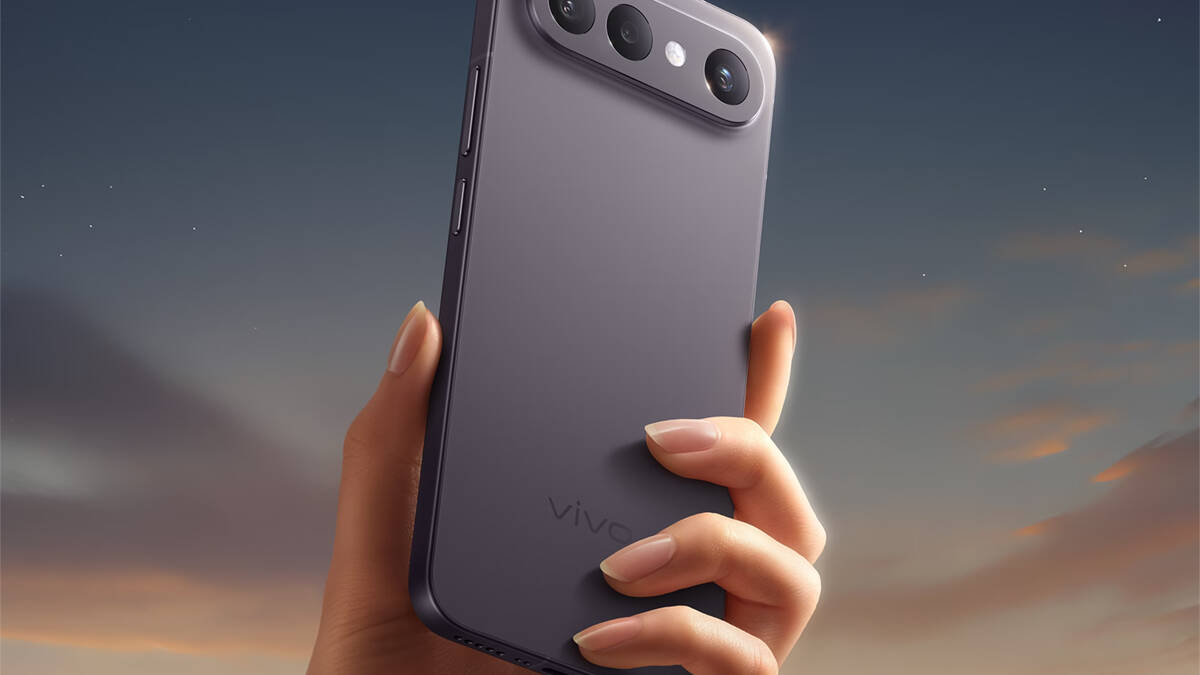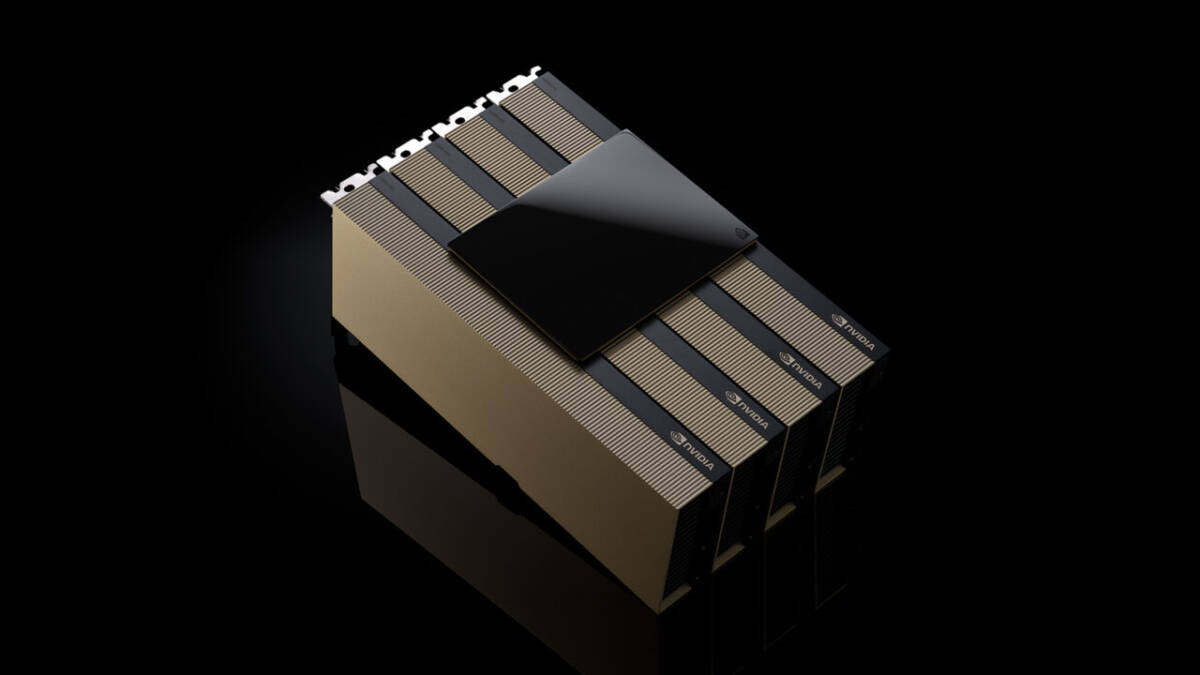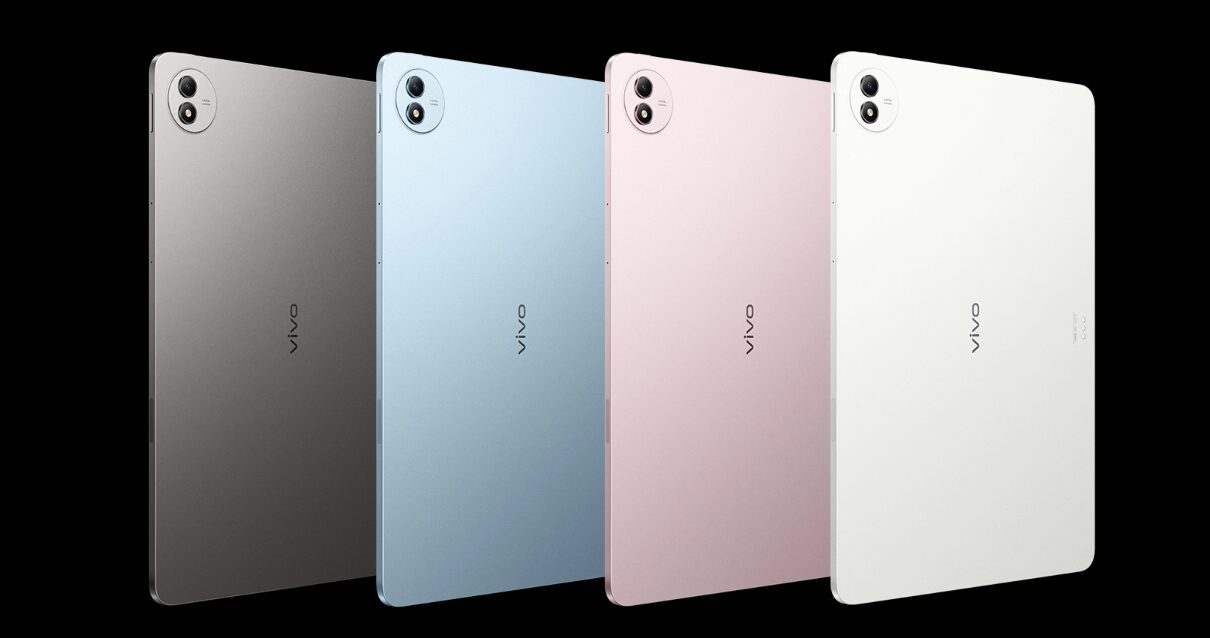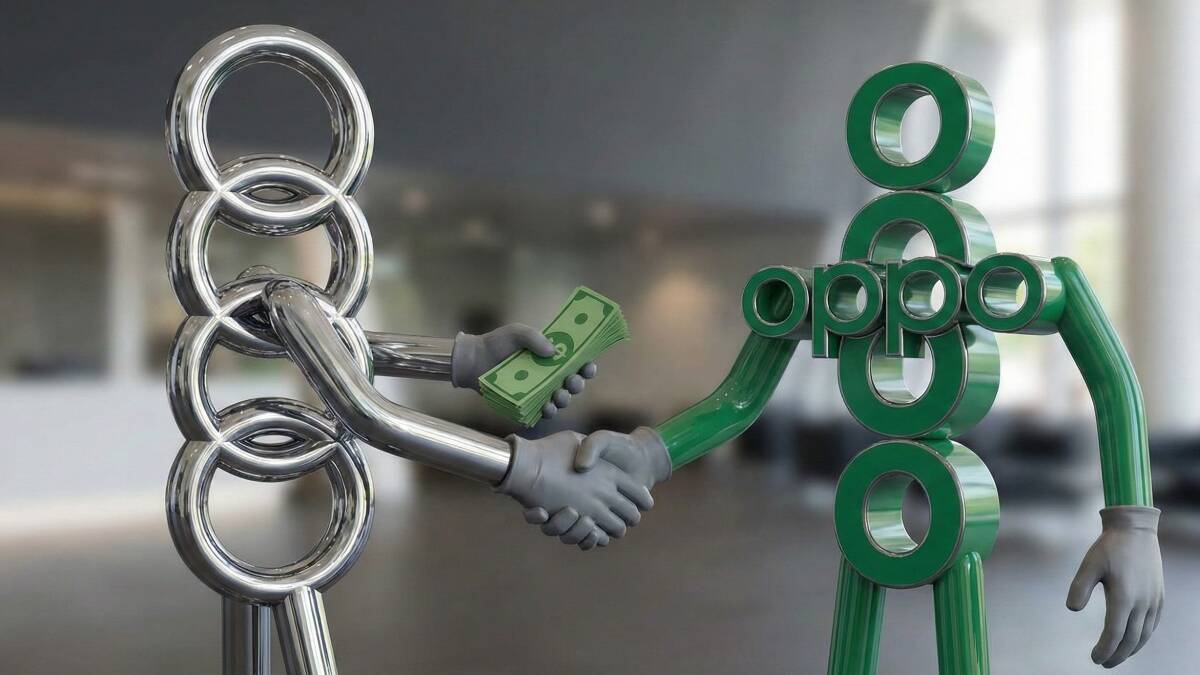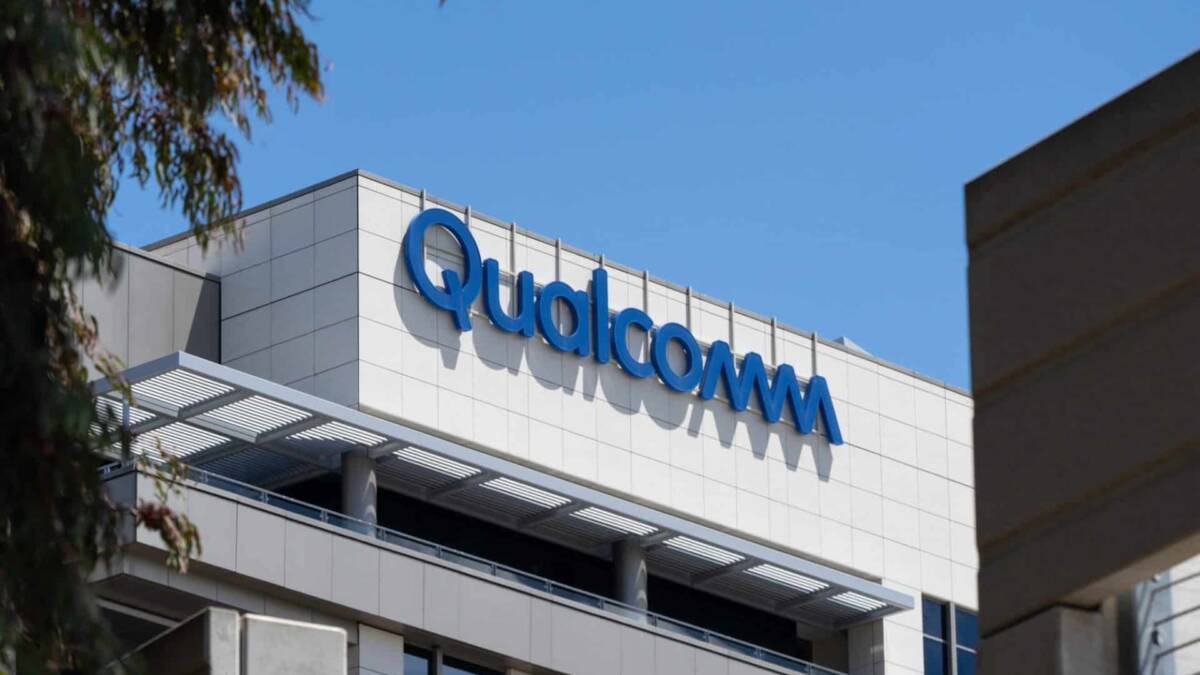Nvidia is changing the rules: AI for factories, advertising and robots instead of clouds

In Nvidia’s (NVDA) fourth quarterly report, CEO Jensen Huang emphasized the company’s key role in developing artificial intelligence technology in an attempt to reassure investors worried about the future growth of the industry. Nvidia shares have fallen more than 7% since the start of the year due to concerns that AI models such as DeepSeek could reduce demand for the company’s expensive chips, as well as the development of its own processors by big customers such as Amazon and Google.
Navidia’s shares have fallen more than 7% since the start of the year.
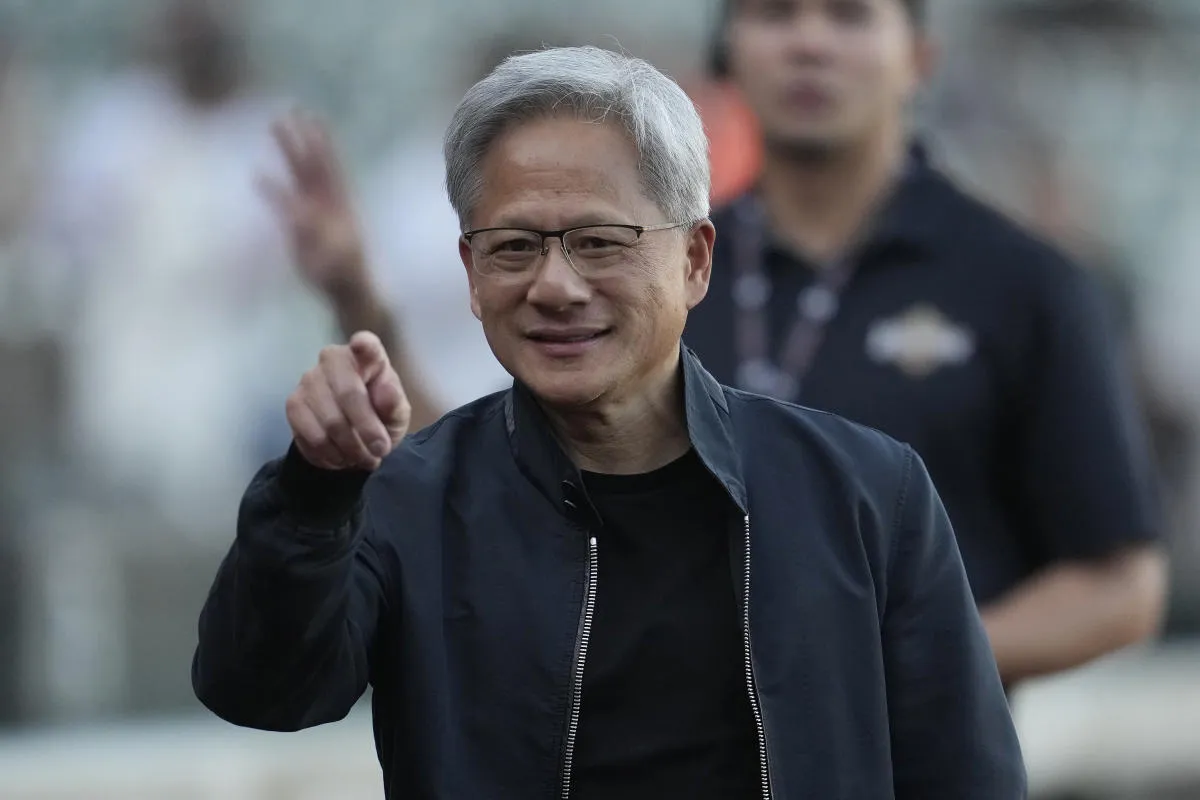
DeepSeek and the future of high-power chips
When DeepSeek unveiled its R-1 in January, it sparked a wave of doubt in the market. The company said it had developed software to compete with OpenAI, using Nvidia’s H20 chips, which are significantly weaker than the flagship Blackwell. That led investors to wonder whether Nvidia was facing an existential crisis.
And that made investors wonder if Nvidia was facing an existential crisis.
Huang explained, however, that models like DeepSeek require even more processing power to improve the quality of responses. “The more the model ‘thinks’, the smarter the answer. Models like OpenAI, Grok 3 and DeepSeek-R1 use output time scaling, which can require 100 times more computational resources,” he said.
Huang said.
ASIC and competition: why Nvidia maintains an advantage
Huang also touched on the topic of ASICs (specialized integrated circuits), which are designed for specific tasks. For example, Google has used its TPUs to train the Gemini model. However, Huang said Nvidia chips offer 2-8 times better performance per watt than ASICs due to their versatility and extensive software ecosystem.
Huang said Nvidia’s chips offer a 2-8 times better performance-per-watt ratio than ASICs, thanks to their versatility and extensive software ecosystem.
“There are many reasons why we are succeeding and winning,” he noted. In addition, Huang emphasized that developing ASICs doesn’t always mean deploying them, as companies must consider the power and size constraints of their AI factories.
Huang emphasized that ASIC development doesn’t always mean their deployment, as companies must consider the power and size limitations of their AI factories.
The next phase: consumer AI and new markets
.
Huang also discussed how Nvidia plans to reduce its reliance on cloud providers, which now account for 50% of the company’s data center sales. He pointed to growing opportunities in areas such as agent-based AI for business, physical AI for robotics, and sovereign AI.
Huang also discussed how Nvidia plans to reduce its reliance on cloud providers for its data centers.
“We’re just starting to venture into consumer AI, search, advertising and recommendation systems. The next wave is on its way,” he said.
“We’re just starting to get into consumer AI, search, advertising and recommendation systems.
What’s next?
.
Nvidia continues to strengthen its position as it prepares to launch its new Blackwell Ultra chip at the GTC conference on March 18. The company will also unveil details on the next generation of Vera Rubin processors, reaffirming its commitment to remain a leader in the AI industry.
Nvidia’s next generation of processors will also be unveiled at the GTC conference in March.

Material Nvidia changes the rules: AI for factories, advertising and robots instead of clouds was first published on ITZine.ru.

